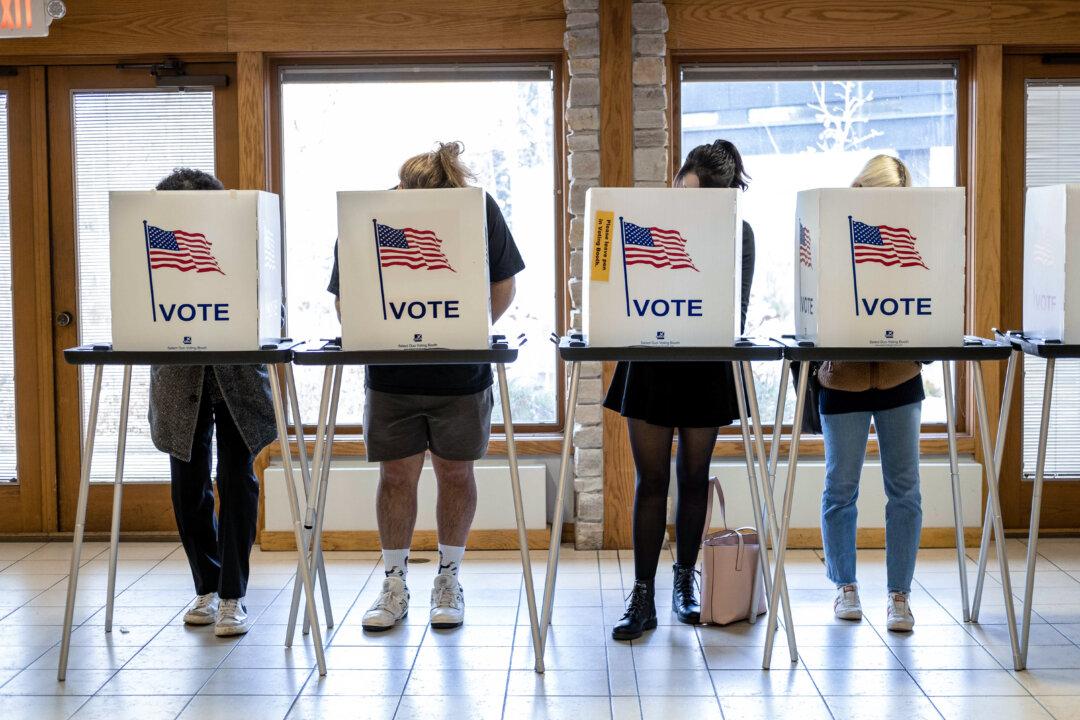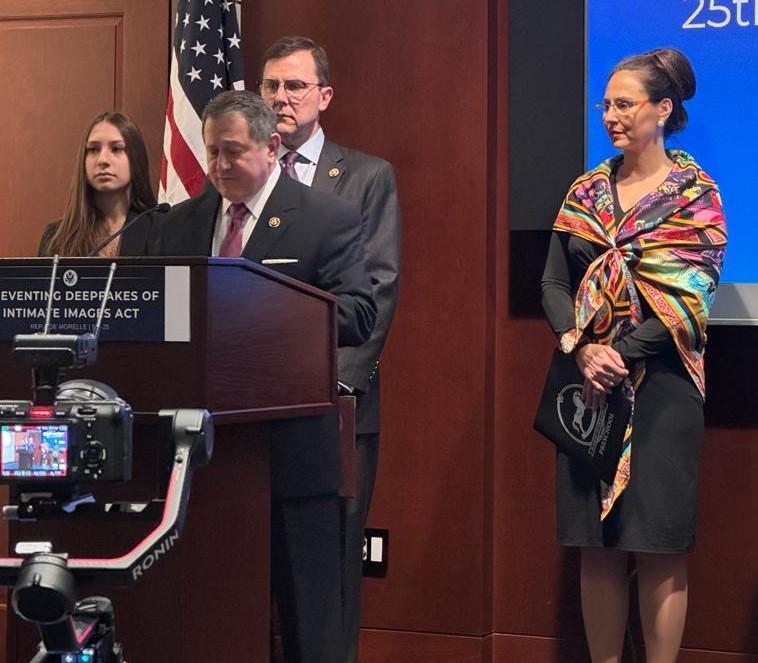Republican gains in the 2022 midterms were largely owed to an advantage the party achieved in voter turnout, according to an analysis by the Pew Research Center.
The report, published on July 12, found that "partisan differences in turnout—rather than vote switching between parties—account for most of the Republican gains in voting for the House last year.”





